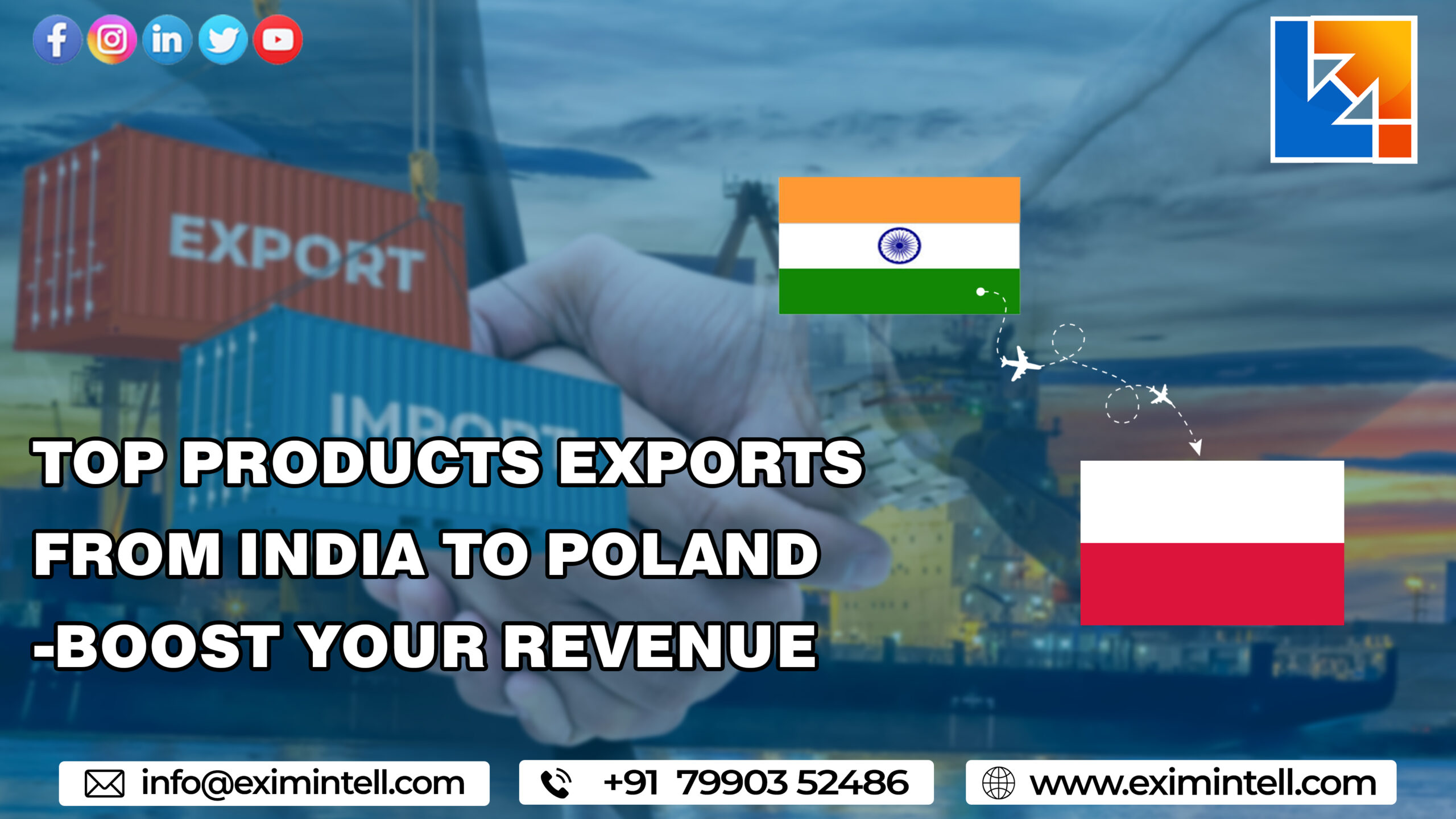Welcome to our latest blog post, where we dive into the fascinating world of economic growth and international trade! Today, we will be exploring a unique bond between two Southeast Asian powerhouses – India and Singapore. Both known for their vibrant cultures and thriving economies, these countries have developed strong trade partnerships over the years.
In this article, we will focus specifically on one aspect of this relationship – the top product exports from India to Singapore. Get ready to be amazed by the diversity and potential of Indian goods that are shaking up markets across Lion City!
Introduction to India-Singapore Trade
There is no denying the fact that Singapore is one of the world’s most prosperous nations. The country has a GDP per capita of over $90,000 and is home to some of the world’s biggest companies. But what many people don’t know is that Singapore is also one of India’s biggest trading partners.
In 2016-17, bilateral trade between India and Singapore stood at $17.42 billion. India was the 9th largest trading partner for Singapore, while Singapore was India’s 3rd largest trading partner.
So what are the top products that India exports to Singapore? Let’s take a look:
1) Petroleum products: This accounts for around 18% of all Indian exports to Singapore. petroleum products are in high demand in Singapore, due to the country’s lack of natural resources.
2) Electronics: This is another key export item for India, accounting for 15% of all exports to Singapore. Singapore is a major electronics hub, and imported goods worth $38 billion in 2015 alone.
3) Textiles: This is a traditional export item for India, and accounts for 10% of all exports to Singapore. Indian textiles are known for their quality and durability, making them a popular choice among buyers in Singapore.
4) Gems and jewelry: This is another important export item from India, accounting for 8% of all exports to Singapore. Gems and jewelry from India are known for their elegance and craft.
Benefits of Exports from India to Singapore
Exports from India to Singapore offer several benefits for businesses in both countries. Singapore is an important market for Indian exports, and exports from India to Singapore totaled $13.4 billion in 2016.1 Here are some of the benefits of exporting from India to Singapore:
1. Diversification: Exporting can help businesses diversify their customer base and reduce dependence on any one market. By selling products or services in new markets, businesses can mitigate the risks associated with reliance on a single market.
2. Increased revenue: Entering new markets can help businesses increase their revenue and grow their operations. Exporting can provide access to new customers and open up opportunities for business expansion.
3. Improved competitiveness: To compete in global markets, businesses must be able to offer products or services that meet the needs of international customers. Exporting can help businesses improve their competitiveness by providing access to new ideas and best practices.
4. Economic development: Exports can spur economic development by creating jobs and driving investment in local economies. In addition, exporting helps businesses tap into new sources of growth and can contribute to the overall competitiveness of a country’s economy.
5. Enhanced visibility: Global visibility is an important aspect of doing business in today’s world economy. By exporting products or services, businesses can increase their global profile and raise awareness of their brand in new markets
Top 10 Product Exports from India to Singapore
1. India is one of the top 10 suppliers of goods to Singapore, with exports totaling $16.4 billion in 2017.
2. The top 10 products exported from India to Singapore are:

1. Petroleum products
2. Textiles
3. Electronics
4. Machinery
5. Chemicals
6. Iron and steel
7. Transport equipment
8. Organic chemicals
9. Plastics
10. vegetable fats and oils
3. Indian exports to Singapore have grown exponentially over the past decade, increasing from $5 billion in 2007 to $16 billion in 2017. This growth is attributable to the flourishing trade relationship between the two countries, which has been further bolstered by recent bilateral agreements such as the India-Singapore Comprehensive Economic Cooperation Agreement (CECA).
4. The strong export performance of India highlights the country’s potential as a key player in the global market and reinforces its status as an important economic partner for Singapore.
Challenges Faced in the Exporting Process from India to Singapore
Several challenges can be faced when exporting products from India to Singapore. These include:
-Tariffs and other Trade Barriers: To export products from India to Singapore, businesses must first overcome any tariffs or other trade barriers that may be in place. These can vary depending on the product being exported and can add significant costs to the exporting process.
-Language Barriers: There can be significant language barriers between India and Singapore. This can make communication difficult, and can also make it difficult to understand instructions or regulations relating to the exporting process.
-Cultural Differences: There can also be significant cultural differences between India and Singapore. This can make it difficult to understand each other’s business practices and expectations.
-Transportation Costs: The cost of transporting products from India to Singapore can also be high. This is due to the distance between the two countries, as well as any additional costs associated with shipping goods through customs.
Strategies for Improving Exports from India to Singapore
1. Evaluate your product mix: Take a close look at the products you export to Singapore and assess whether your product mix is optimized for the Singapore market. Do you have a good mix of high-value and low-cost products? Are your products aligned with current trends in the Singapore market? If not, it may be time to reconsider your product mix.
2. Think outside the big cities: While Singapore’s major cities are important markets, don’t forget about the potential of smaller towns and rural areas. There is a growing demand for Indian goods in these markets, so consider targeting them with your export strategy.
3. Invest in marketing and promotion: Make sure you are investing enough in marketing and promotion of your products in Singapore. This will help increase awareness of your brand and make it more visible to potential customers.
4. Focus on quality: When exporting to Singapore, it’s important to focus on quality. This is a market where customers are willing to pay more for superior quality goods, so make sure your products meet or exceed their expectations.
5. Build strong relationships: Establishing strong relationships with customers and partners in Singapore can go a long way in boosting exports from India. These relationships can provide valuable insight into the market, help you better understand customer needs, and give you a leg up on the competition.
Conclusion
India-Singapore trade ties have grown immensely over the past few years and are expected to grow further in the coming years. The top exports from India to Singapore include chemicals, electrical machinery, apparel, pharmaceuticals, and food products.
Each of these products is a result of increased economic cooperation between Indian and Singaporean industries that enables them to stay competitive in the global market. With such growth potential, there will be ample opportunities for businesses to expand their markets by selling new products as well as boosting existing ones in both countries.




